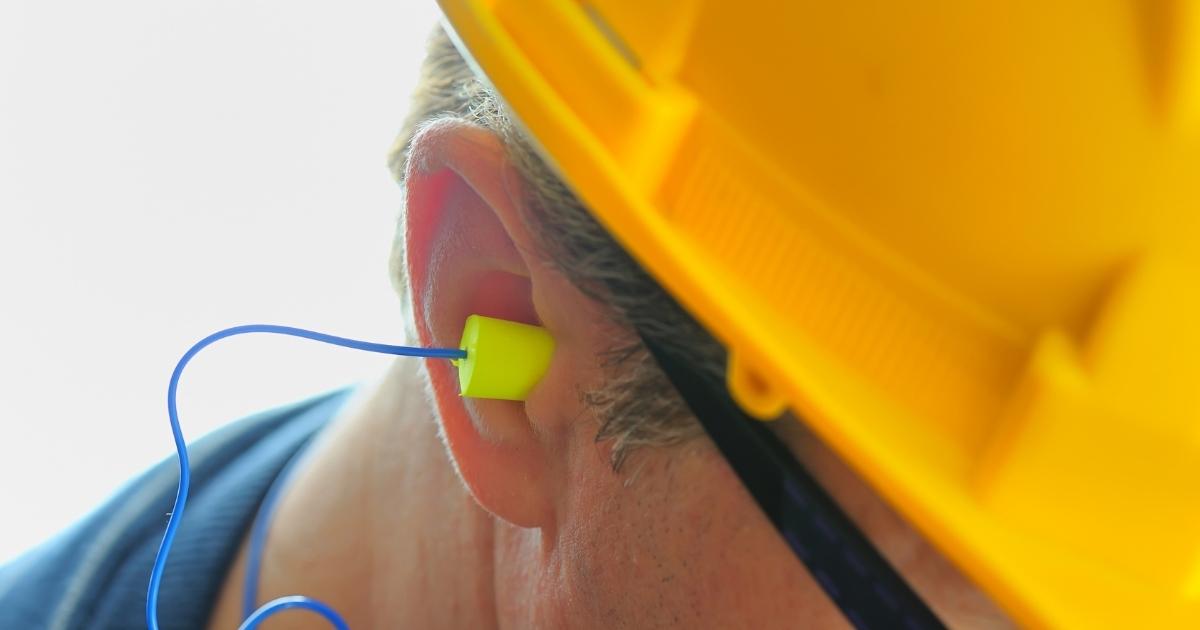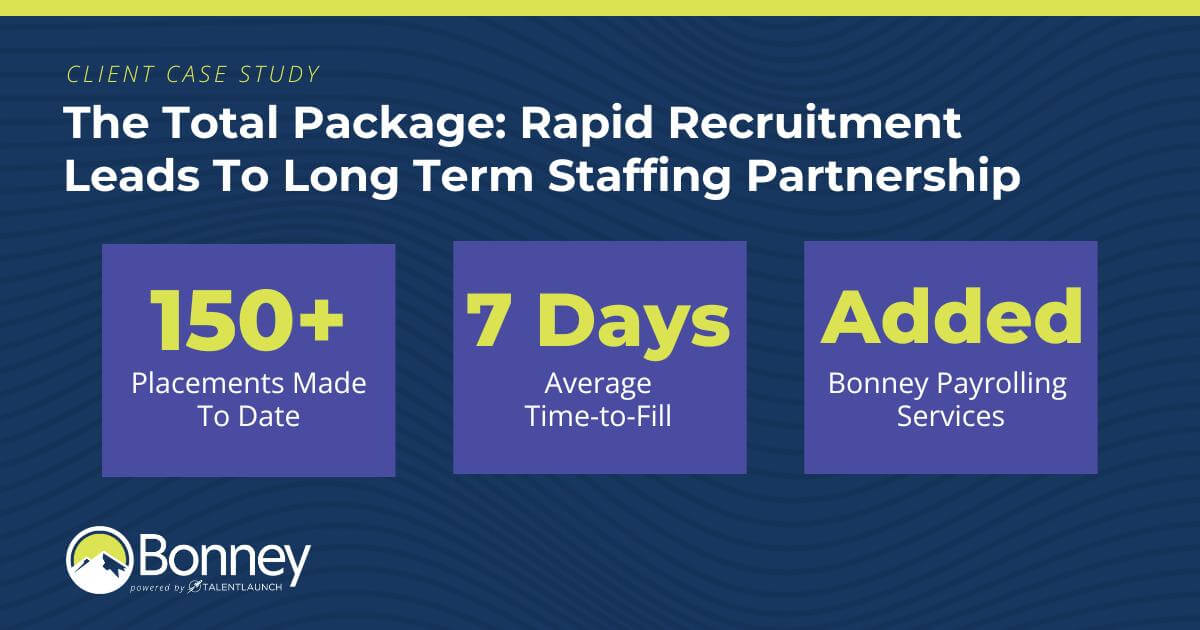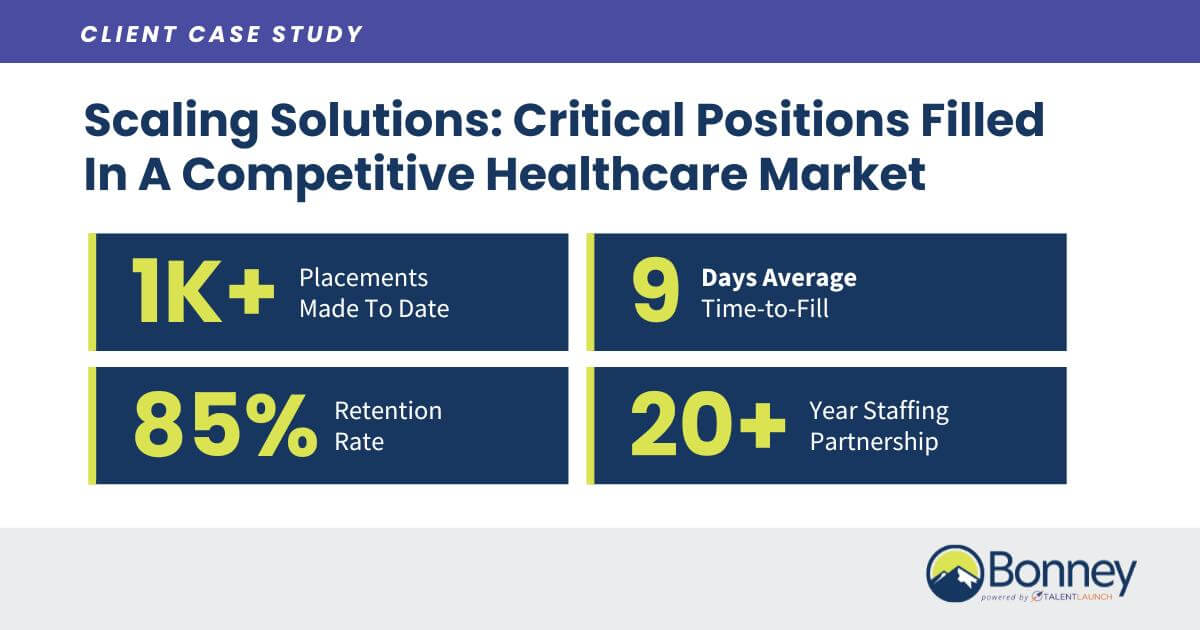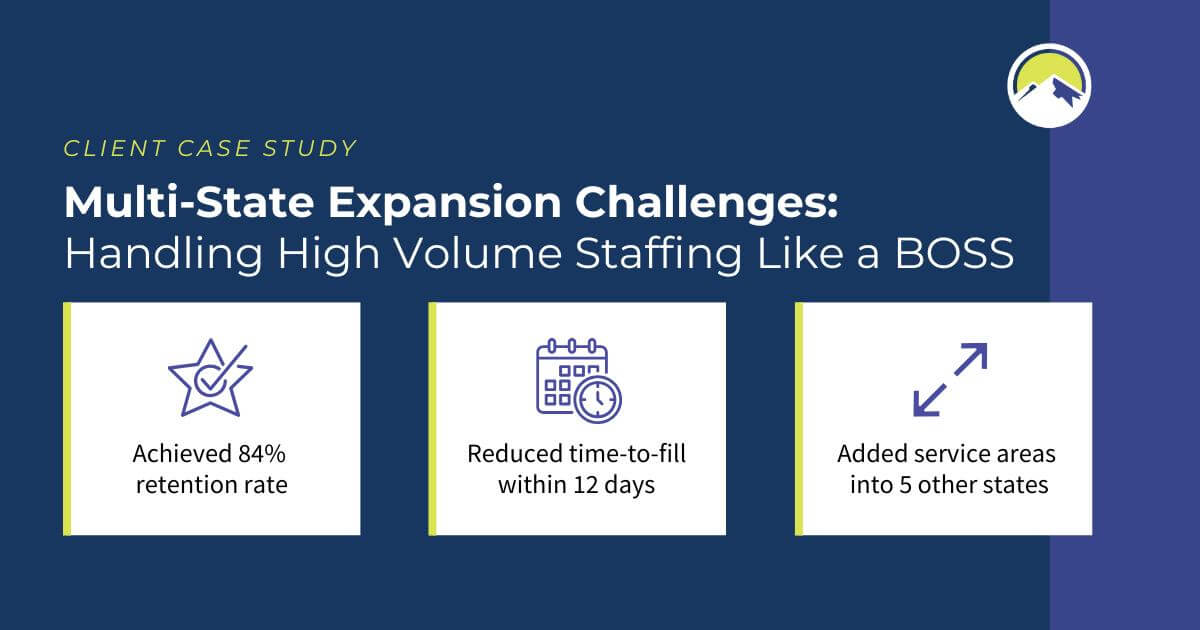Hear, Hear: May Is Better Hearing Month
Your hearing is precious. Each May, this annual event provides an opportunity to raise awareness about hearing disorders. Many tools are provided that can identify potential noise levels and prevention methods to avoid long-term health effects, such as permanent hearing loss. Once we lose our hearing, we can never fully recover it.
Exposure to potentially damaging noise can occur at home and work. Occupational hearing loss is one of the most common workplace injuries. According to the World Health Organization’s (WHO) first world report on hearing, noise is now a public health issue and a top environmental risk.
What exactly causes hearing damage? And how can we protect ourselves and others from dangerous noise levels? Read on to find out.
How the Ear is Damaged from Noise
The average person is born with about 16,000 hair cells within their inner ear. These cells allow your brain to detect sounds. By the time you notice hearing loss, many hair cells have already been damaged or destroyed, indicative of permanent hearing loss. Human hair cells don’t grow back.
Approximately 40 million American adults may have hearing loss resulting from noise exposure — sudden or prolonged.
Sound is damaging if:
- You have to shout over background noise to be heard
- The noise is painful to your ears
- The noise makes your ears ring
- You have decreased or “muffled” hearing for several hours after exposure
Measured in decibels (dB). The higher the decibel, the more damage it can cause.
| 60 dB | Normal conversations, dishwashers |
| 80 dB | Alarm clocks |
| 90 dB | Hair dryers, blenders, lawnmowers |
| 100 dB | MP3 players at full volume |
| 110 dB | Concerts (any music genre), car racing, sporting events |
| 120 dB | Jet planes at take off |
| 130 dB | Ambulance, fire engine sirens |
| 140 dB | Gun shots, fireworks, custom car stereos at full volume |
Know the Requirements: Annual Employee Audiograms
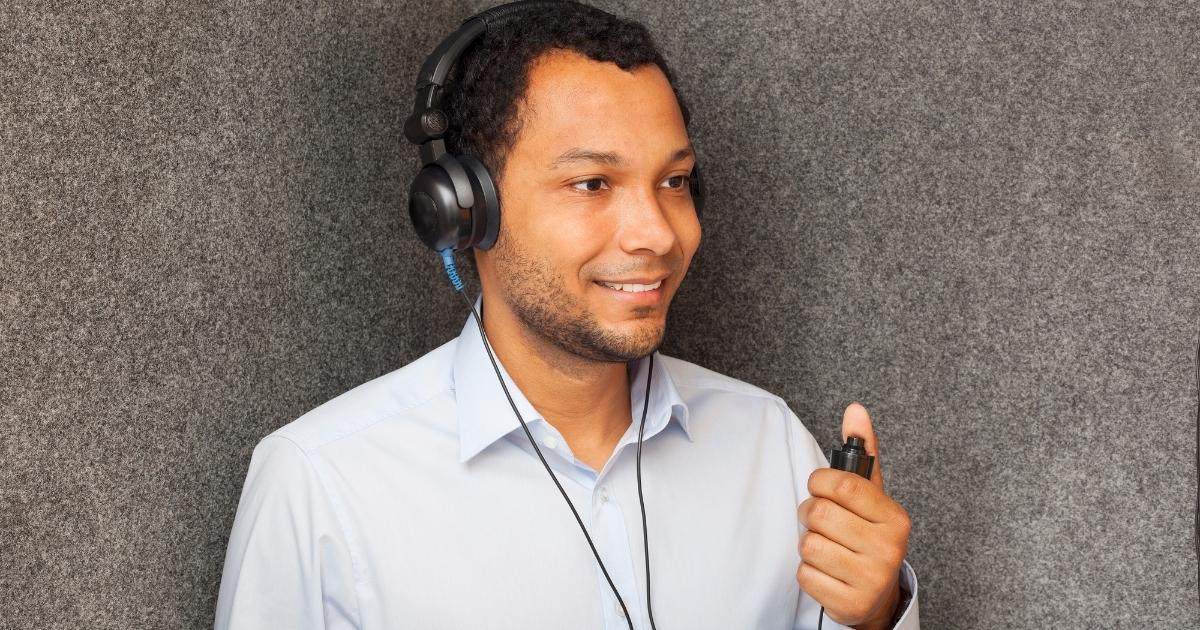
According to OSHA’s Occupational Noise Exposure regulation (29 CFR 1910.95), employees exposed to noise at or above an 8-hour Time-Weighted Average (TWA) of 85 decibels must take a baseline audiogram to establish a foundation of their current hearing ability. After obtaining the baseline audiogram, the employer should obtain a new audiogram for each employee annually.
As an employer, what can you do to help reduce noise exposure for your employees? As an employee, what can you do to protect your hearing at work? We list eight ways below.
4 Ways Employers Must Reduce Noise Exposure for Employees
Employers must reduce noise exposure through the hierarchy of controls, as listed below.
- Eliminate harmful noise exposure. Remove employees from the area, or eliminate excessive noise.
- Install engineering controls. Add sound barriers, enclosures, and noise dampening systems to lower the noise level.
- Implement administrative controls. Examples include providing training on the proper use of hearing protection, job rotation, breaks, and routine maintenance programs.
- Personal Protective Equipment (PPE) is the last line of defense. It is important to know the levels of noise that remain after applying the other techniques mentioned above. For noises between 85 – 100 decibels (dB) on an 8-hour TWA, earplugs will be enough to protect employees if worn correctly. Noise over 100 dB requires double hearing protection (earplugs and earmuffs).

Source: National Institute for Occupational Safety and Health
4 Ways Employees Can Protect Their Hearing
Once you damage your hearing, you cannot get it back. While hearing aids have advanced greatly, they still cannot replace your hearing to peak levels that it was at before the damage occurred. Be proactive – protect your hearing in the following ways:
- Wear hearing protection when around sounds louder than 85 dB. There are different types of hearing protection available, such as foam earplugs, earmuffs, and noise canceling headphones. At a minimum, employers must provide hearing protection at no cost to the employee. Use them!
- Contact your local audiologist for custom hearing protection devices. Check with your insurance provider to see if some or all of the cost is covered.
- Turn down the volume when listening to the radio, television, MP3 player, or anything through earbuds and headphones.
- Walk away from the noise. If you’re able to, put some distance between you and the source.
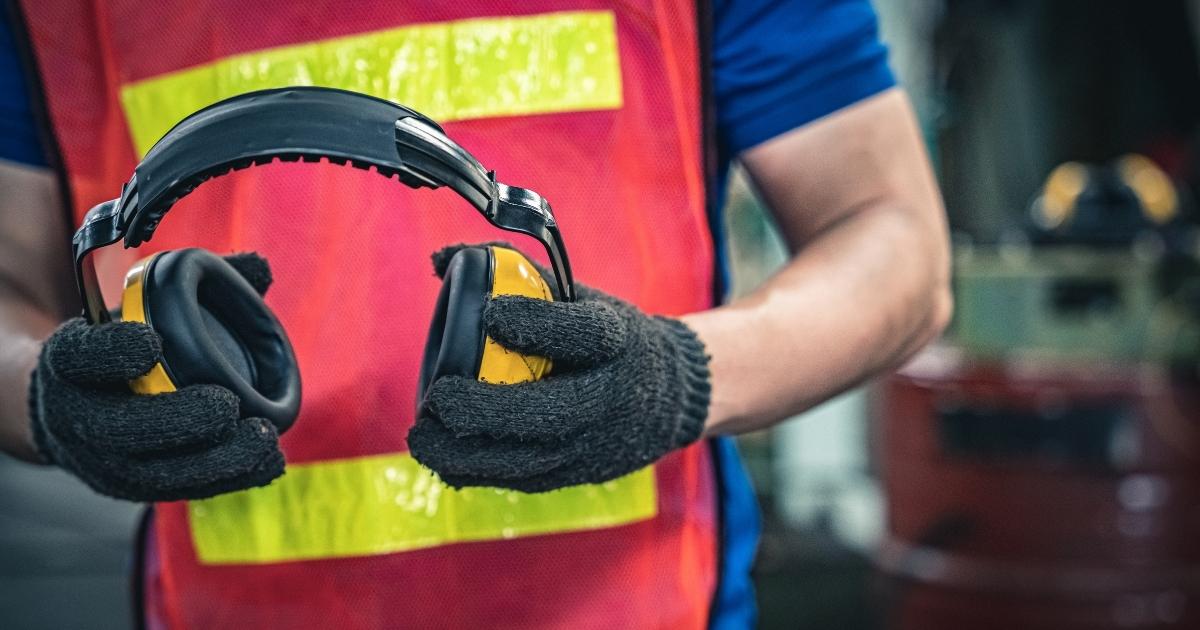
With all the noise in a typical production facility or warehouse, it’s important to take hearing safety seriously. The long-term effects of hearing loss can be debilitating and negatively impact the quality of your or your employee’s life.
With the right awareness and precautions, much of this risk can be mitigated — leading to a healthier, more productive workforce. That’s a win for everyone.
Are you taking all the necessary precautions? Bonney’s safety manager, Megan Melville, is available to answer any of your questions regarding effective hearing conservation or other safety programs. Contact her today!
